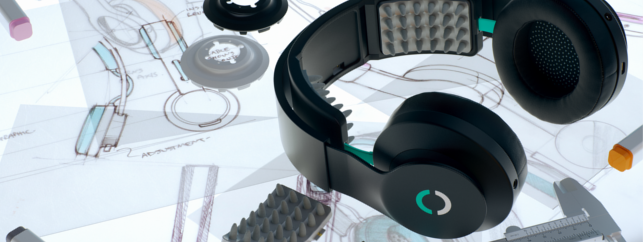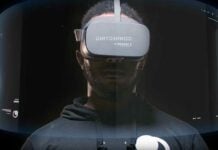Are you using your body, mind and energy to full potential? How do you know without deeper data? These are questions that drives the work at Halo Neuroscience. They are based in San Francisco, and will step to the Main Stage at WT | Wearable Technologies Conference 2016 USA, July 12-13th at Fort Mason Center.
Can you explain what Halo Neuroscience is and what your product is?
Halo Neuroscience develops neurotechnology to unlock human potential in both the healthy and impaired.
Our first product, Halo Sport, launched in February 2016. Athletes pair Halo Sport with athletic training to accelerate gains in skill, strength, and explosiveness. Halo Sport works via a process called Neuropriming — by stimulating the brain’s motor cortex just prior to or during a workout, the training session becomes more productive for the brain.
What is “Neuropriming” and how does it work?
In order to understand Neuropriming, it’s important to first understand a fundamental capability of the human brain called neuroplasticity. Neuroplasticity is our brain’s innate ability to adapt to training and practice; it’s how we learn new skills — from foreign languages to math, directions to the nearest cafe, and, for an athlete, physical movement and strength.
Neuropriming, then, is the use of neurostimulation to facilitate neuroplasticity in our brain so that it responds better to training. In a nutshell, Neuropriming allows practice to be more productive for the brain just like a pre-work meal makes weight lifting more productive for the muscles.
Our first application for Neuropriming is athletic training. By using Halo Sport to deliver neurostimulation to “prime” the brain for an athletic training session, our athletes stand to gain more neurologically from their workouts.
What are the ideal situations for using Halo?
The brain’s motor cortex governs muscle skill, explosiveness, and endurance. Thus, Halo Sport works best when paired with athletic training focused on improving in any of these areas, whether it’s practicing a jump shot, weight lifting, track workouts, or cycling on a trainer.
Halo is generally best not used during rest or recovery days. Rather, Neuropriming should be reserved for “deep practice” days, i.e., those sessions where the athlete plans for a high volume of quality/thoughtful reps.
Halo is live with elite athletic organizations and athletes across the country. For example the U.S. Military, U.S. Olympic Teams, and teams and athletes from the MLB, NBA, and NFL are all currently using Halo Sport. This video demonstrates how the U.S. Ski Team uses Halo Sport, and the science behind the device.
How long were you working on this product? How long has it been on the market?
Halo Neuroscience was founded in 2013 and is based in San Francisco, California. My cofounder (Brett Wingeier) and I didn’t think about product once during the first year of operation. During those 12 months, we set out to build a unique neurostimulation device—the most advanced of its kind—that would allow us to more thoroughly explore the field of brain stimulation, and use the device in rigorous scientific testing.
After testing 1000 subjects, the data from studies on motor skill and strength consistently yielded impressive and reproducible results — not just in untrained volunteers, but also in highly trained competitive athletes. These results lead to the development of Halo Sport, which was announced to the public in February 2016. Devices will ship in the fall to consumers.
You will join the WT | Market at WTUS16 in a few weeks. What are you excited about in terms of the conference?
I am especially excited to meet and network with like-minded people, and to be able to contribute to the growing wearable industry, especially in the growing new subcategory in the field – active wearables. I’m also looking forward to the keynote from Russell Okung, offensive tackle for the Denver Broncos. I went to UCBerkeley, and loved seeing former Cal Bears running back Marshawn Lynch thrive behind the holes opened up by Russell and his teammates on that dominate Seattle offensive line.
What is your favorite wearable and why?
Well, up until a few months ago, my heart rate monitor. My favorite sport is cycling, and I love being able to track my progress during long rides.
Now, of course, Halo Sport! I’m very proud of the device my team and I have built, as it represents all of the fun (and hard) work we’ve put in over the last few years.
Join the Global WT | Network in the beautiful Bay Area this summer.















